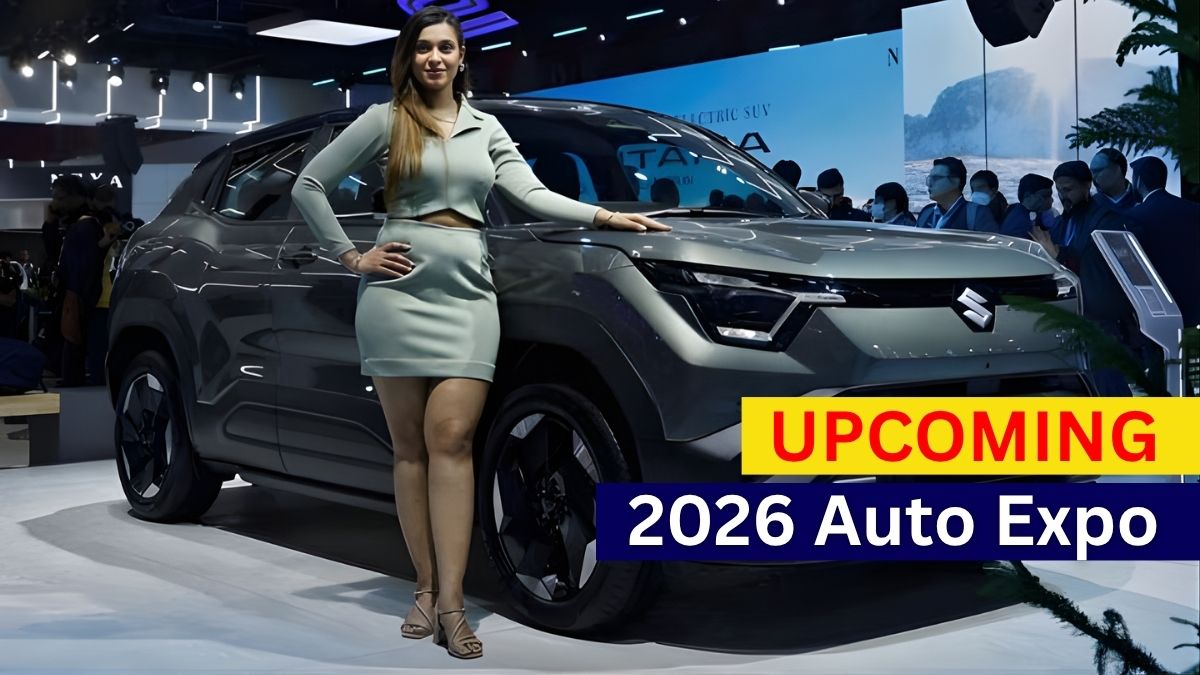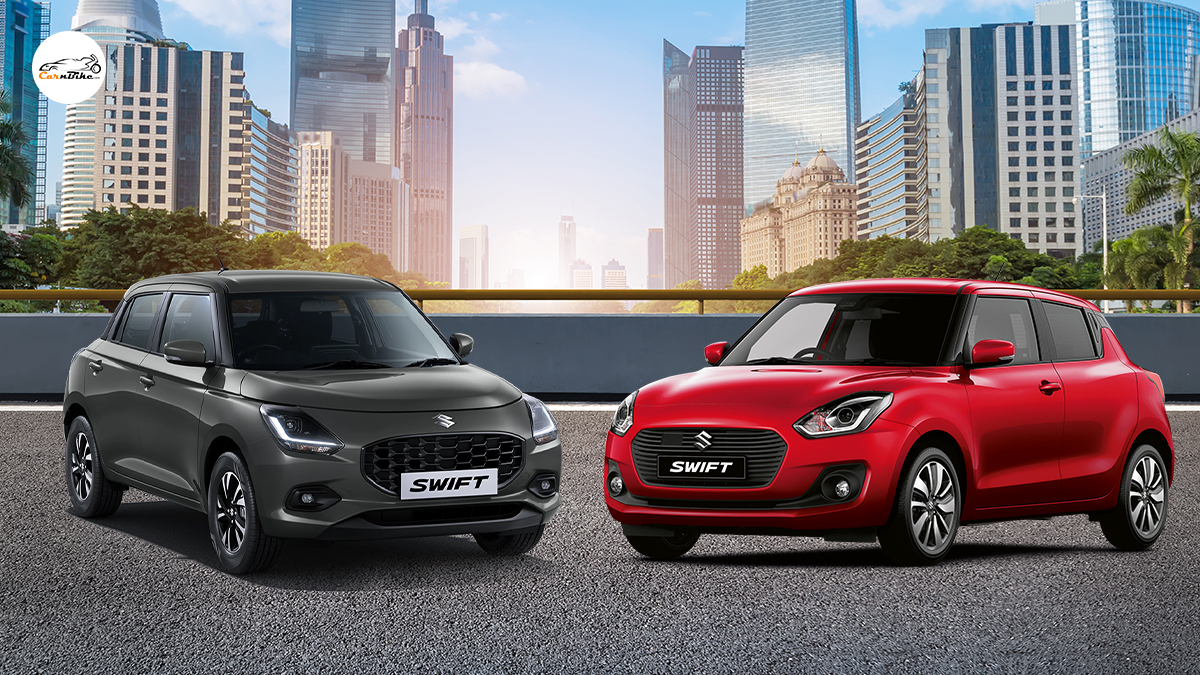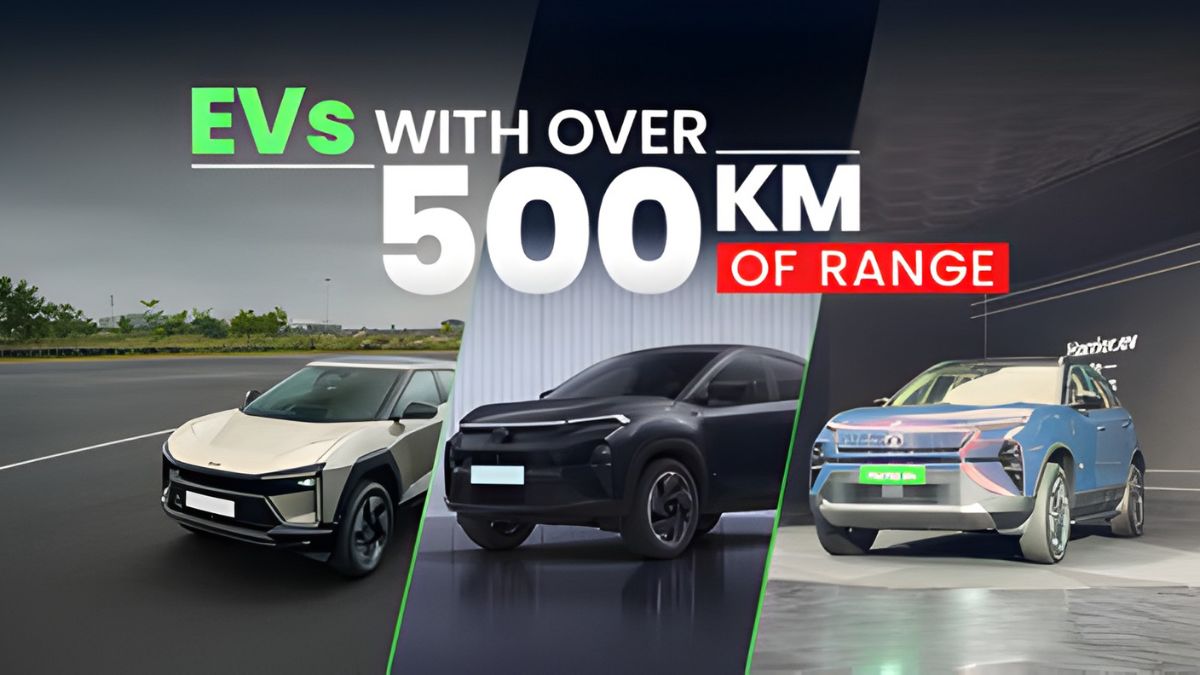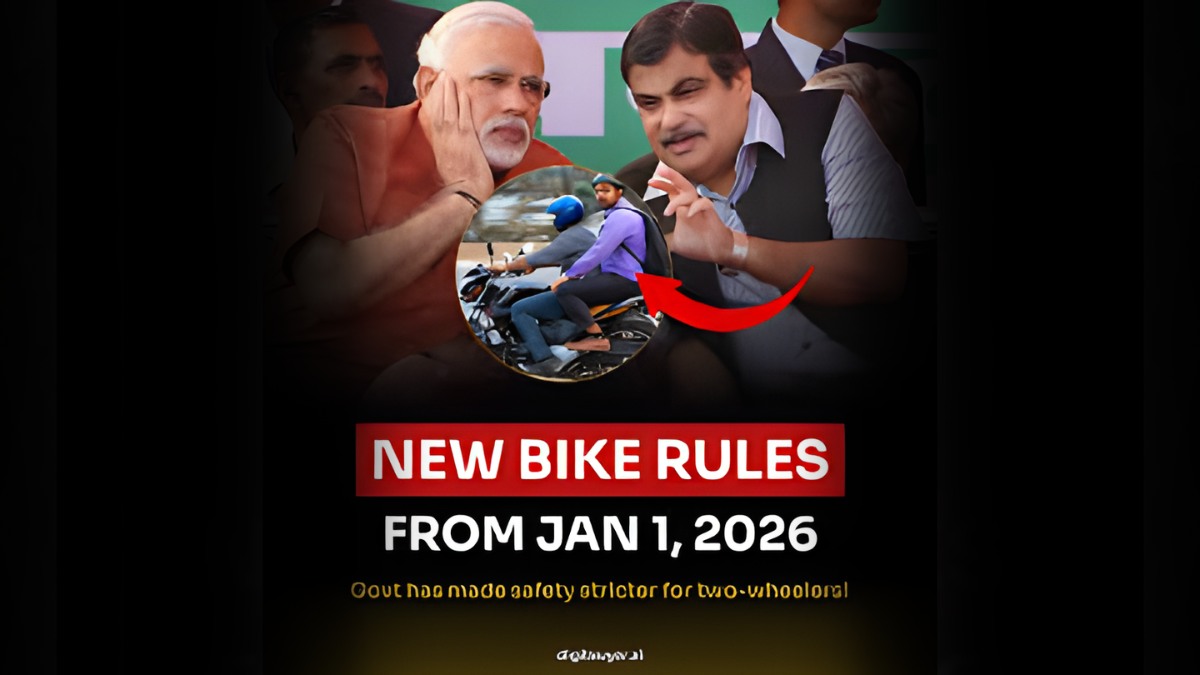The Truth About the Range of Electric Cars: 10 Top EVs and How Far They Actually Go on a Full Charge
- Electric-Cars
- 27 Jun, 2025
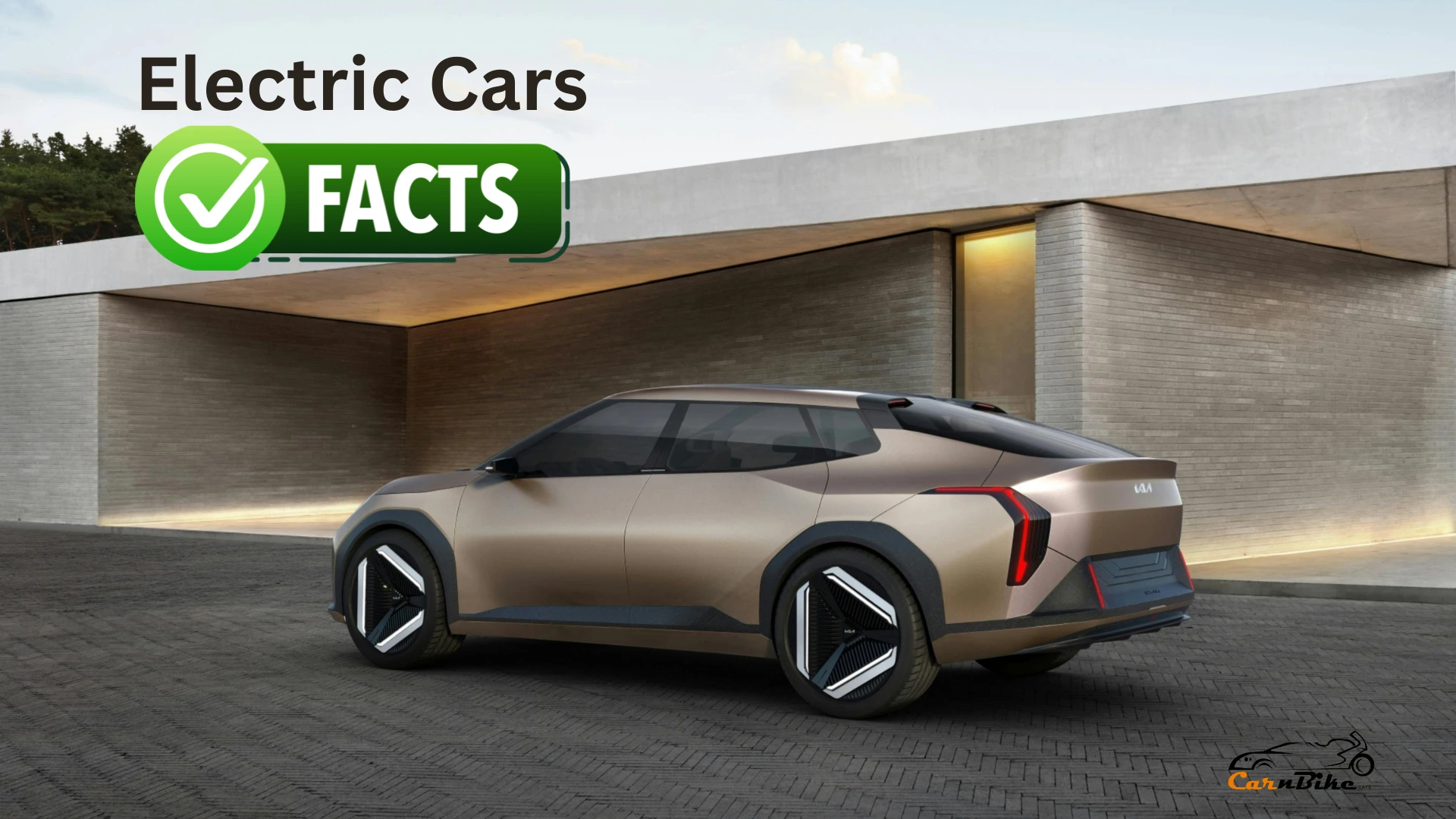
With rising fuel prices and growing environmental concerns, electric vehicles (EVs) are quickly becoming a popular choice for many car buyers. One of the most important factors people consider before buying an EV is range—how far can an electric car go on a single charge?
While manufacturers often advertise long driving ranges, the real-world performance can be quite different due to factors like traffic, speed, terrain, air conditioning usage, and driving style. In this article, we reveal the truth about the range of 10 top electric cars based on real-world usage and test reports.
Why Real-World Range Is Different From Claimed Range?
Automakers usually test EVs under ideal conditions to get the best possible results. But in real life, things like:
- City traffic and stop-go driving
- Use of AC or heater
- Fast acceleration
- Hilly roads or highways
- Vehicle load and tire pressure
can reduce the actual range by 15% to 30% or more.
Top 10 Electric Cars in India and Their Real-World Range
Here’s a comparison of claimed range vs. actual tested range for 10 popular EVs available in India:
| Electric Car | Claimed Range (ARAI) | Tested Real-World Range |
|---|---|---|
| Tata Nexon EV Long Range | 465 km | 300–320 km |
| MG ZS EV | 461 km | 310–330 km |
| Hyundai Kona Electric | 484 km | 320–340 km |
| Tata Tiago EV (Long Range) | 315 km | 210–230 km |
| Mahindra XUV400 | 456 km | 310–330 km |
| BYD Atto 3 | 521 km | 370–390 km |
| Tata Punch EV Long Range | 421 km | 280–300 km |
| Citroen eC3 | 320 km | 180–210 km |
| MG Comet EV | 230 km | 150–170 km |
| Kia EV6 | 708 km | 500–520 km |
What Do These Numbers Mean?
These figures show that most EVs offer only 65% to 75% of their claimed range in real-world usage. That means if a car claims to go 400 km, you should realistically expect around 260–300 km depending on how and where you drive.
Factors That Affect EV Range in Daily Life
- Driving Speed: Higher speeds drain the battery faster.
- AC and Heating: Using climate control systems reduces range.
- Road Conditions: Hilly or rough roads require more energy.
- Tyre Pressure: Low tyre pressure can lead to reduced efficiency.
- Passenger Load: Heavier loads consume more power.
How to Maximize Your EV’s Range
- Drive at moderate speeds.
- Use regenerative braking efficiently.
- Keep the tyres properly inflated.
- Pre-cool or pre-heat the cabin while charging.
- Avoid sudden acceleration and heavy braking.
While EVs are great for the environment and running costs, it’s important to understand their real-life limitations. Always plan your trips keeping the actual usable range in mind, not just the one printed in the brochure.
With better infrastructure, battery technology, and smart driving habits, the real-world range will continue to improve. But for now, be informed and realistic—know how far your EV can truly go on a single charge.
Latest Electric Car News
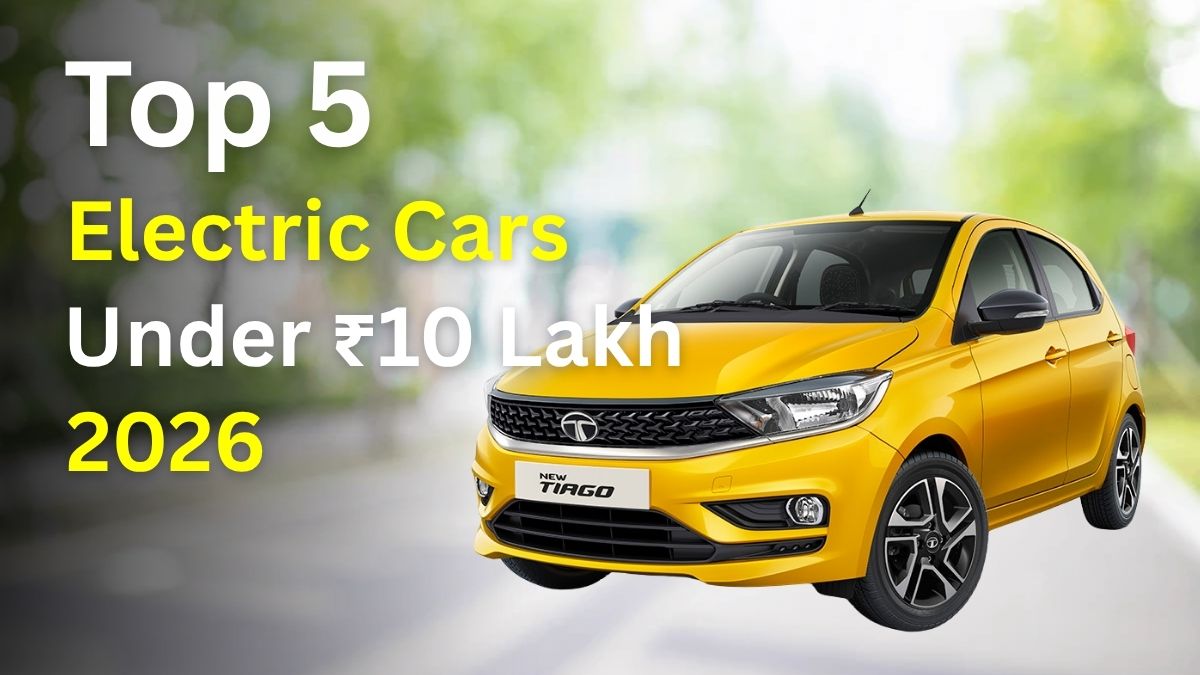
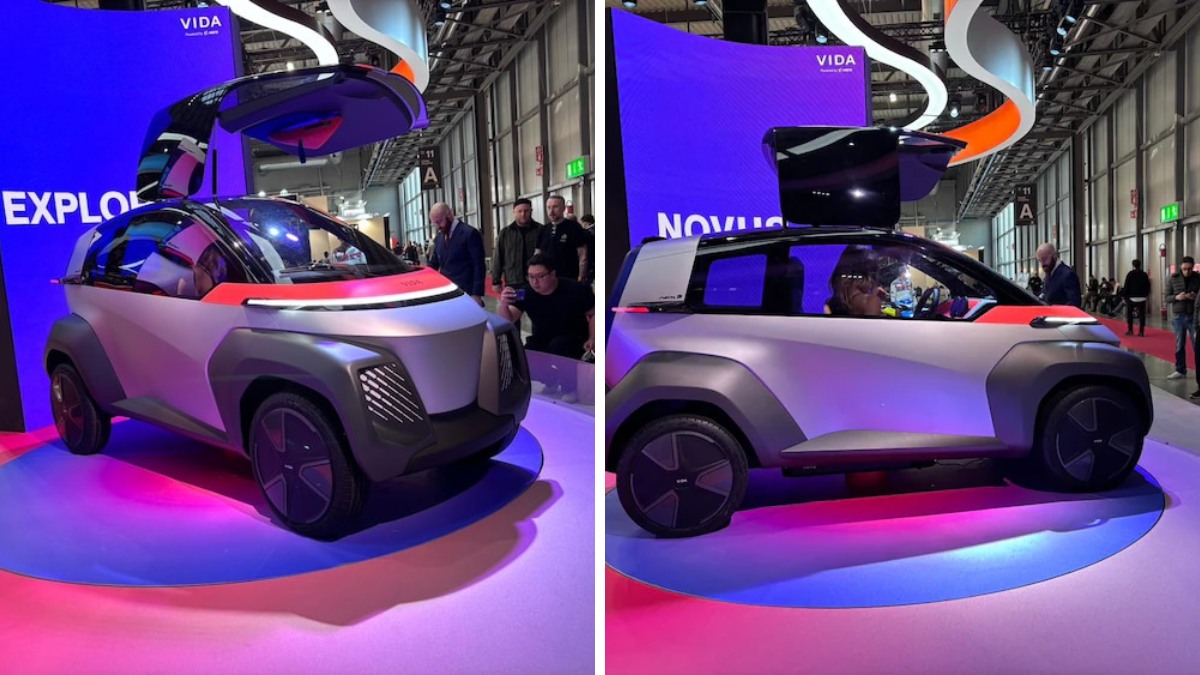
Hero MotoCorp’s Urban Micro-EV ‘Novus NEX 3’ Poised for India Launch Under Vida Brand
Hero MotoCorp’s Urban Micro-EV ‘Novus NEX 3’ Poised for India Launch Under Vida Brand
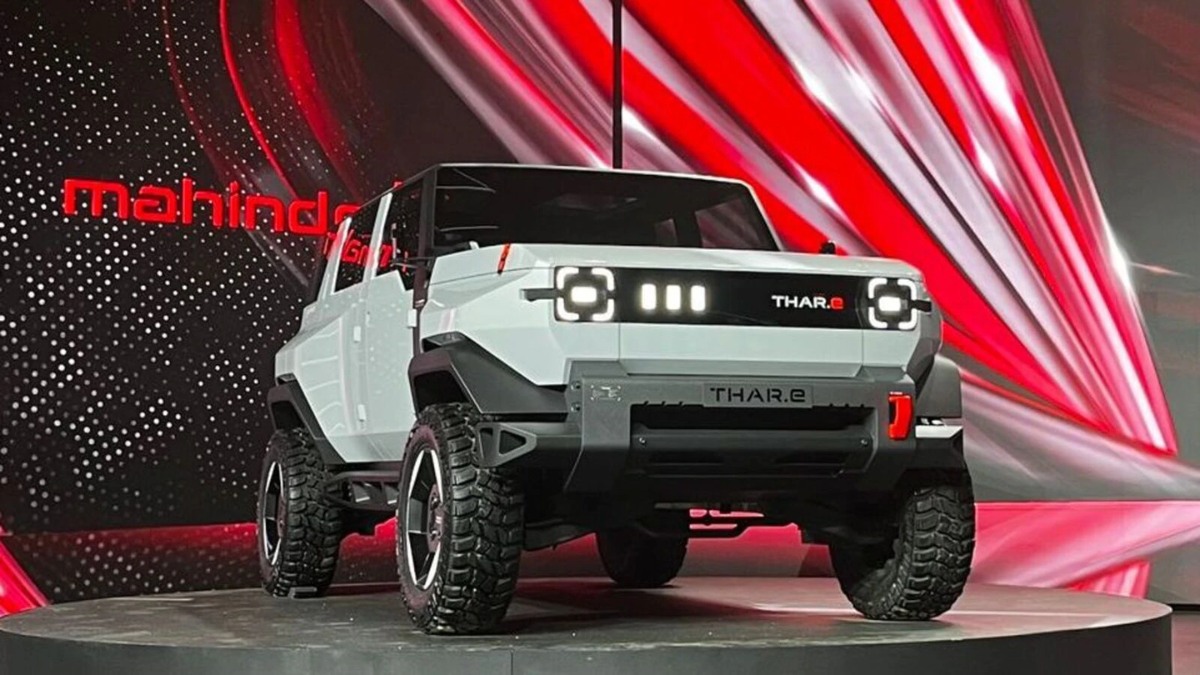
Mahindra Thar Electric India Launch – New Spy Shots Leak
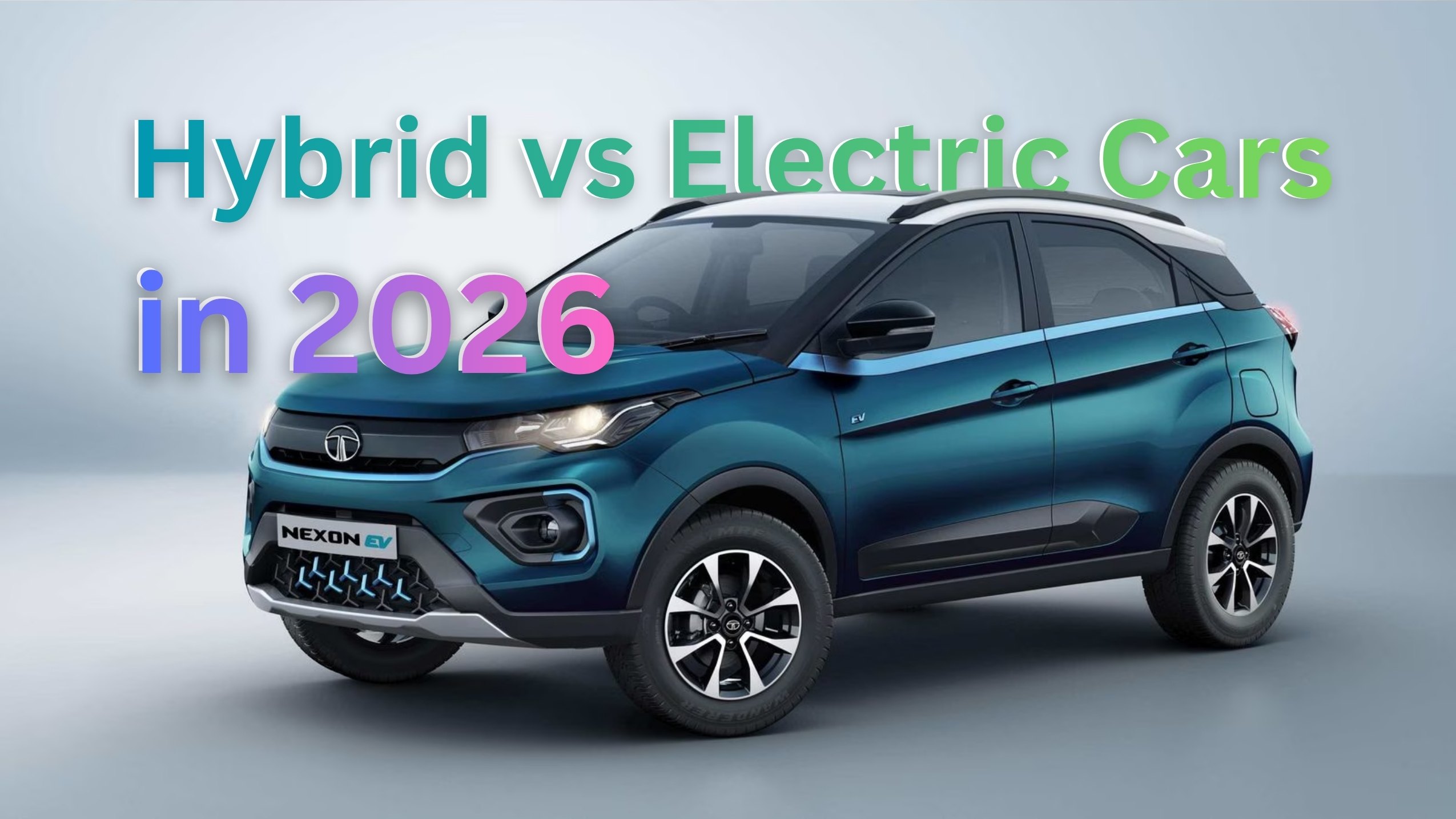
Hybrid vs Electric Cars in 2026 — Which Technology Wins for Indian Buyers?
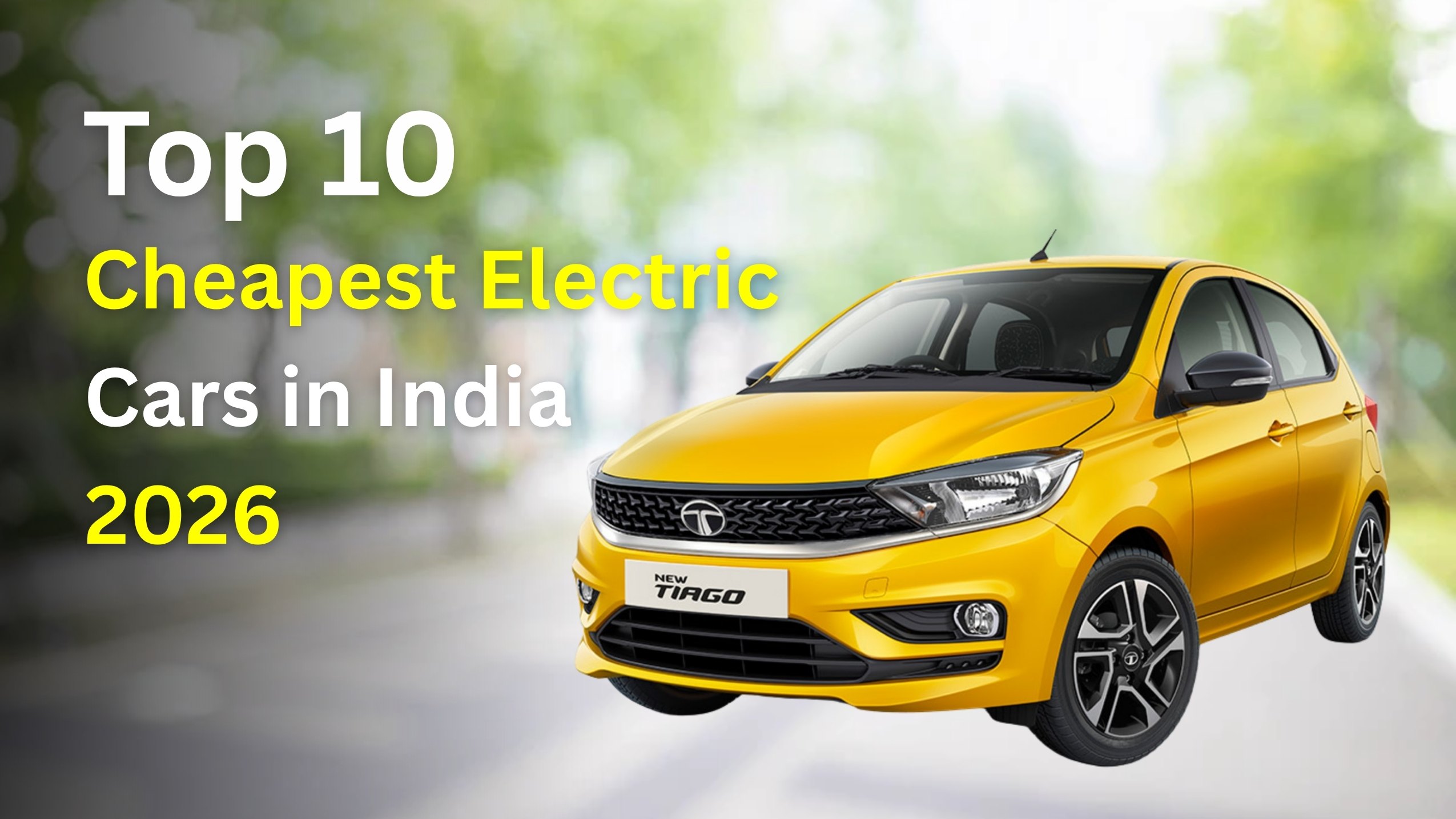
Top 10 Cheapest Electric Cars in India 2026 — Best EVs Under ₹10 Lakh!
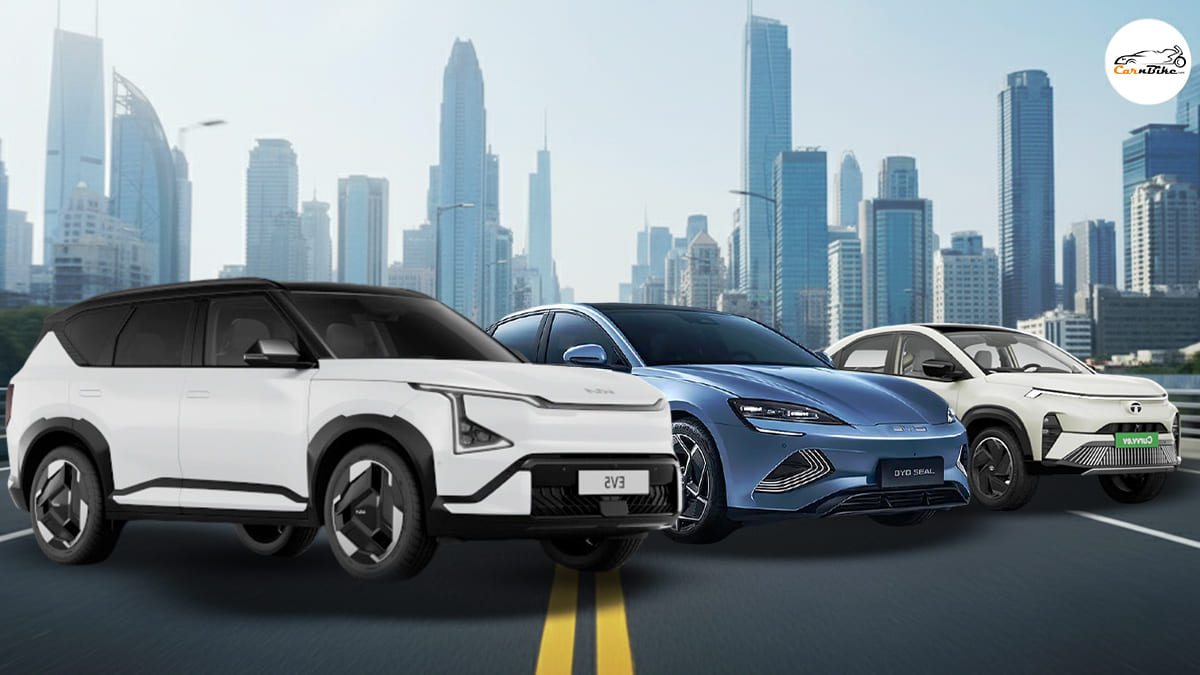
Top Electric Cars That Will Dominate Indian Roads in 2026
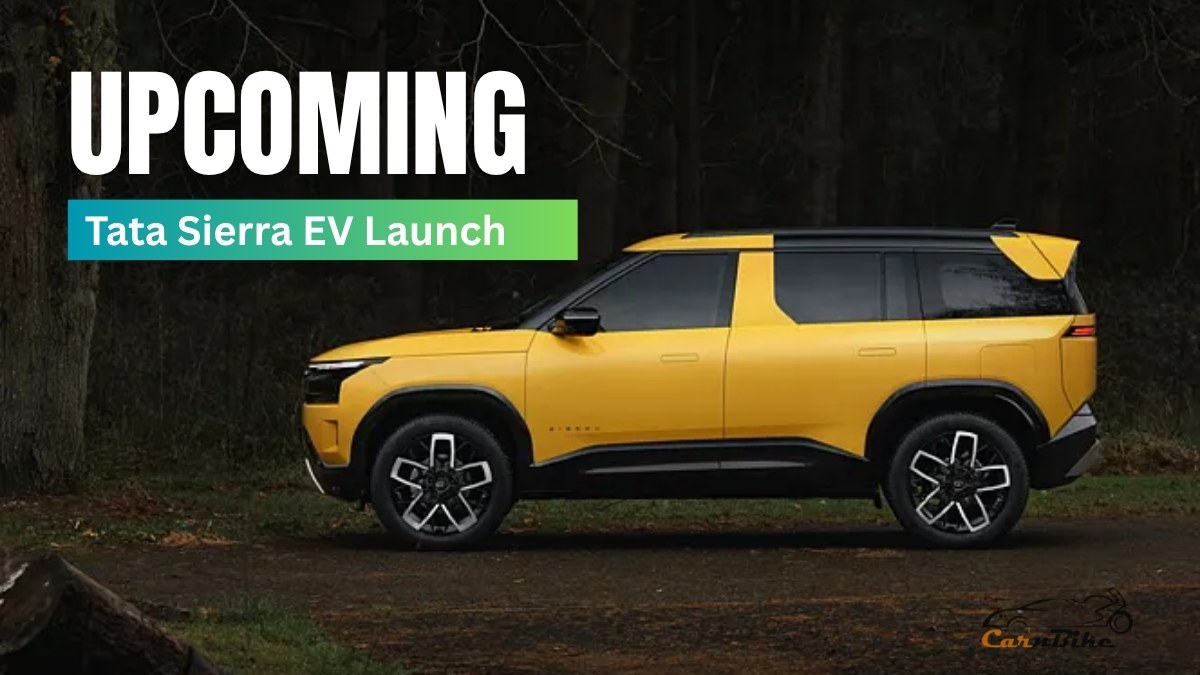
Tata Sierra EV Launch Timeline and Expected Pricing
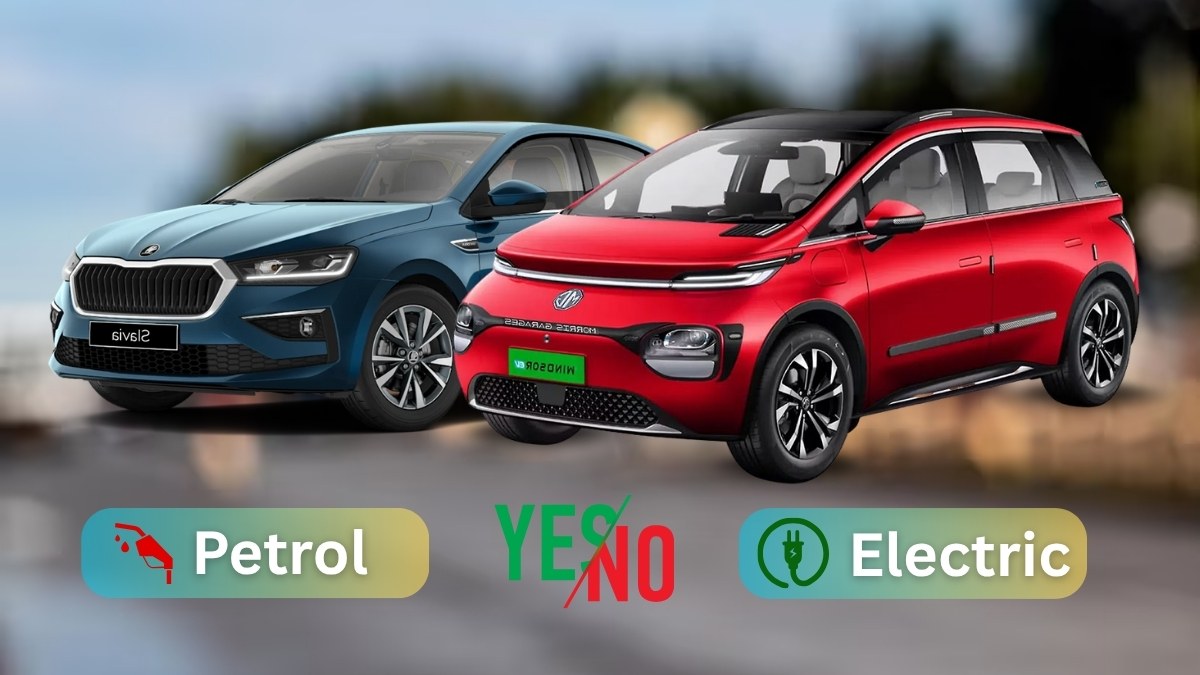
Electric Cars Are Booming — But Should You Still Buy Petrol in 2026?
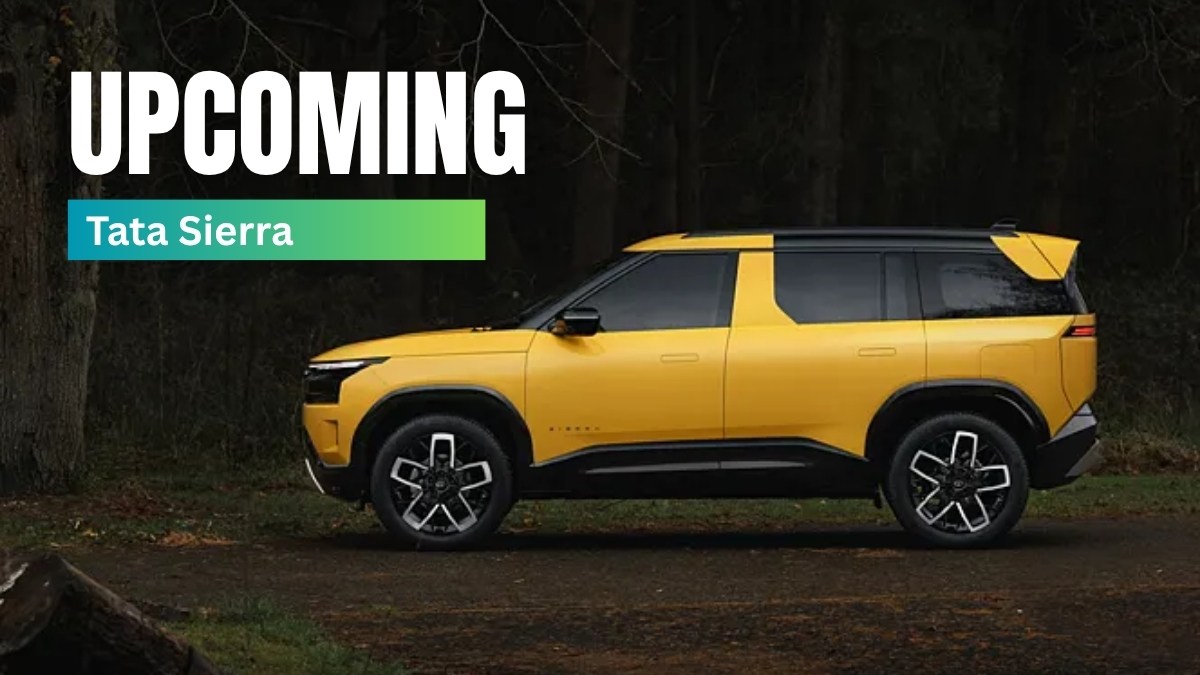
The Much-Anticipated Tata Sierra Is Back: Launching Late 2025 With ICE & EV Versions

Delay in the Premium EV Launch: Tata Avinya Gets Pushed Back — What That Means for Tata’s EV Ambitions
